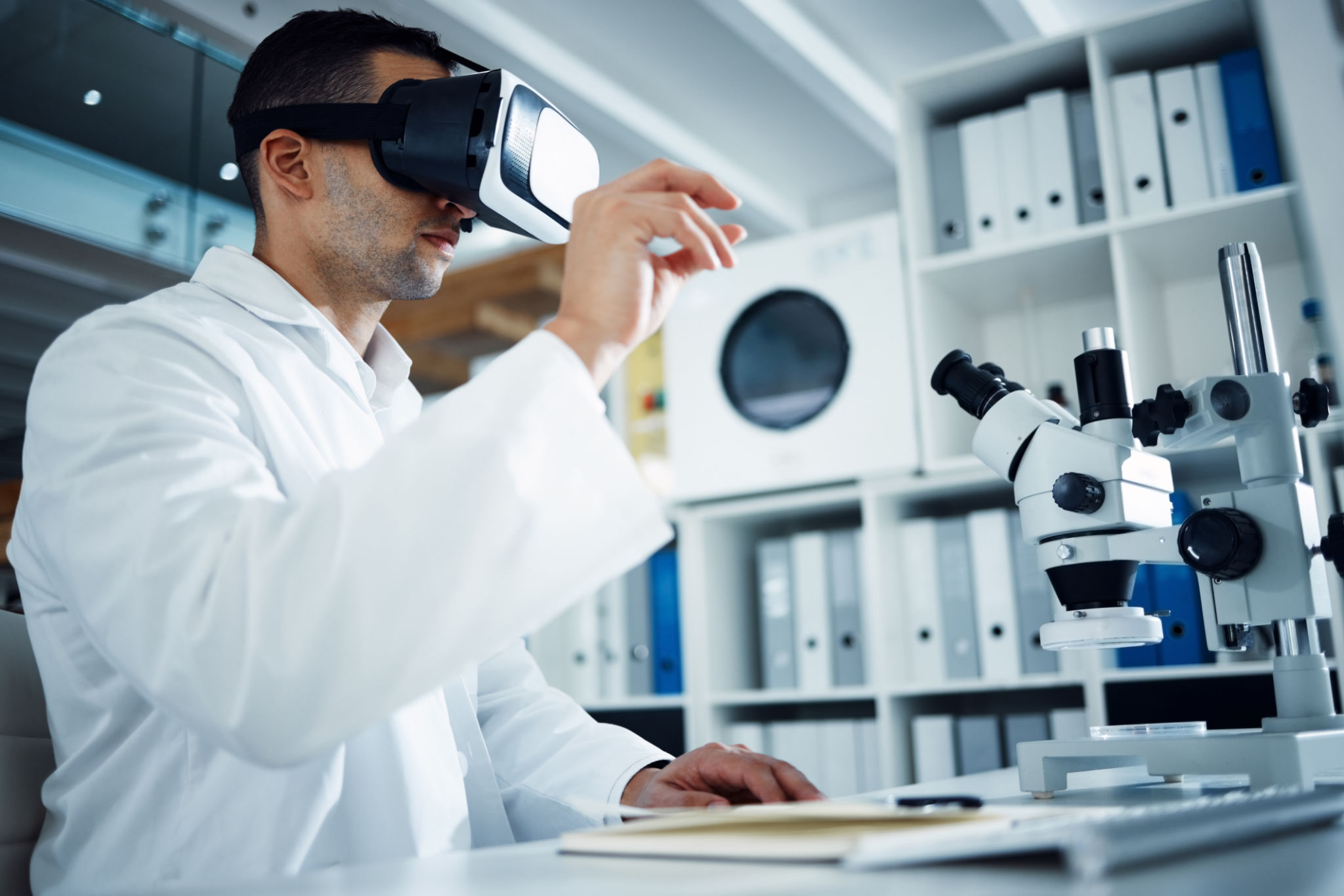How Patient Feedback Shapes the Future of Orthopaedic Care
The Importance of Patient Feedback
In the evolving field of orthopaedic care, patient feedback plays a pivotal role in shaping the future of treatments and services. With continuous advancements in medical technology and techniques, understanding patient experiences helps healthcare providers tailor their services to meet patients' needs more effectively.
Patient feedback offers valuable insights into the effectiveness of treatments, the quality of care, and the overall patient experience. By listening to the patients' voices, orthopaedic practitioners can identify areas for improvement and innovate to provide better care.

Enhancing Treatment Outcomes
One of the primary benefits of patient feedback is its ability to enhance treatment outcomes. By understanding what works well and what doesn't, healthcare providers can adjust their approaches to ensure better results. This feedback can lead to modifications in surgical techniques, rehabilitation protocols, and pain management strategies.
For instance, if patients consistently report discomfort after a specific procedure, clinicians can investigate and implement changes to minimize pain and improve recovery times. This iterative process is vital for advancing orthopaedic care.
Improving Patient Satisfaction
Patient satisfaction is a key indicator of the quality of healthcare services. When patients feel heard and their concerns are addressed, their overall experience improves significantly. Feedback mechanisms such as surveys, focus groups, and online reviews help capture these sentiments.

By analyzing this feedback, orthopaedic departments can make informed decisions about service improvements. This might involve reducing wait times, improving communication between staff and patients, or enhancing the facilities themselves.
Driving Innovation in Orthopaedics
Feedback from patients can also drive innovation within the orthopaedic field. Insights from patient experiences can inspire new ideas for medical devices or lead to the development of less invasive surgical techniques. This patient-centered approach encourages practitioners to think creatively and explore new possibilities.
Moreover, incorporating patient feedback into research initiatives ensures that new developments align with patient needs and expectations. This alignment is crucial for the successful adoption of innovative solutions in clinical practice.

The Role of Technology in Gathering Feedback
Advancements in technology have made it easier than ever to gather and analyze patient feedback. Digital platforms and mobile apps provide convenient ways for patients to share their experiences and for healthcare providers to collect this data efficiently.
These tools allow for real-time feedback collection, enabling providers to make timely adjustments to their services. As a result, patient care becomes more dynamic and responsive to changing needs and expectations.
Conclusion: A Collaborative Effort
The future of orthopaedic care is being shaped by a collaborative effort between patients and healthcare providers. By valuing and utilizing patient feedback, the orthopaedic community can continue to improve and innovate, ultimately enhancing the quality of care provided.
As we move forward, it is essential for both patients and providers to engage in open communication. Together, they can build a healthcare system that is not only efficient but also compassionate and patient-centered.
